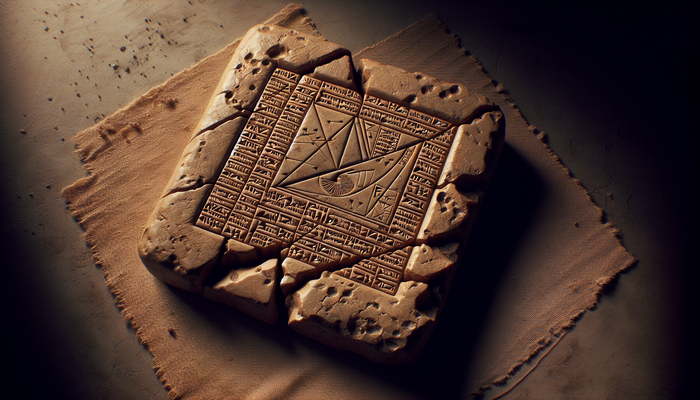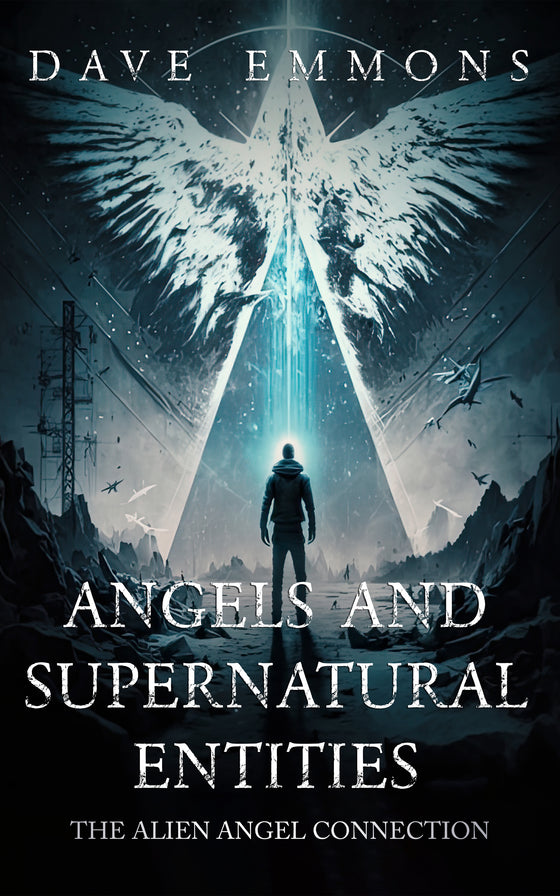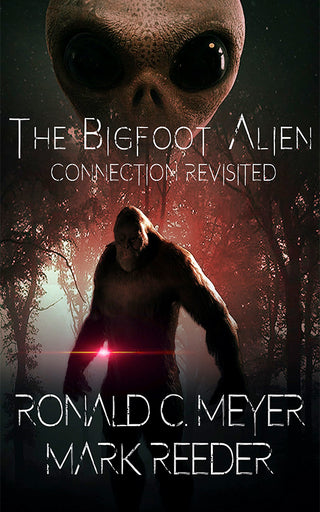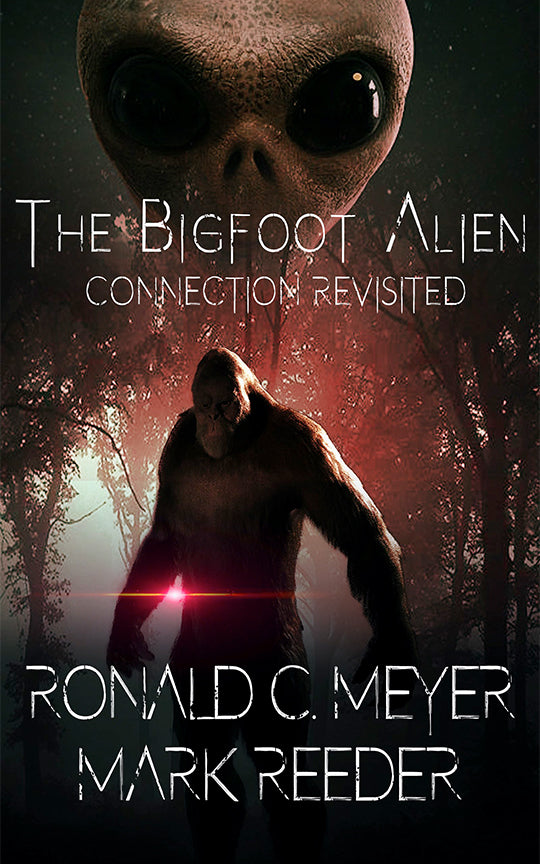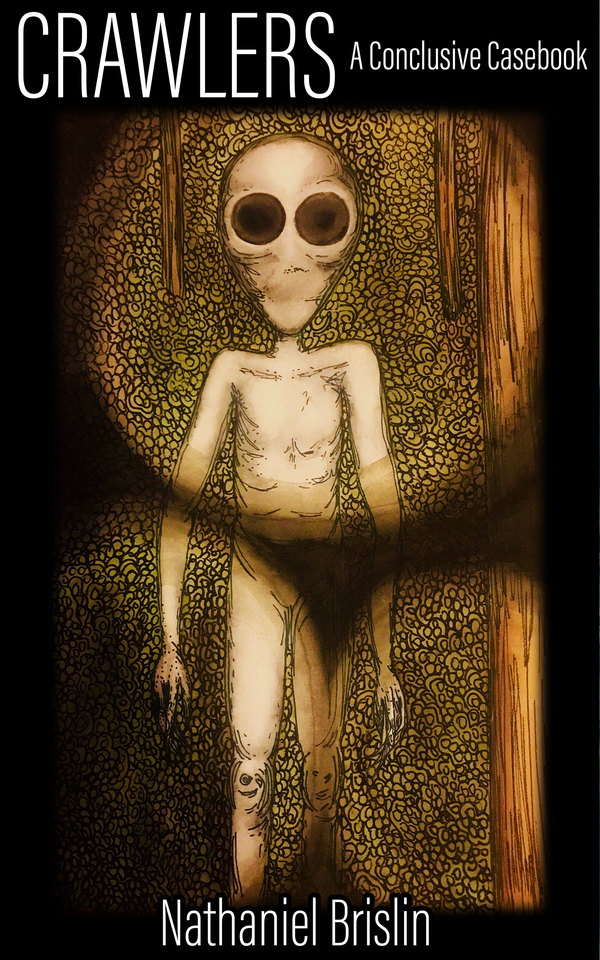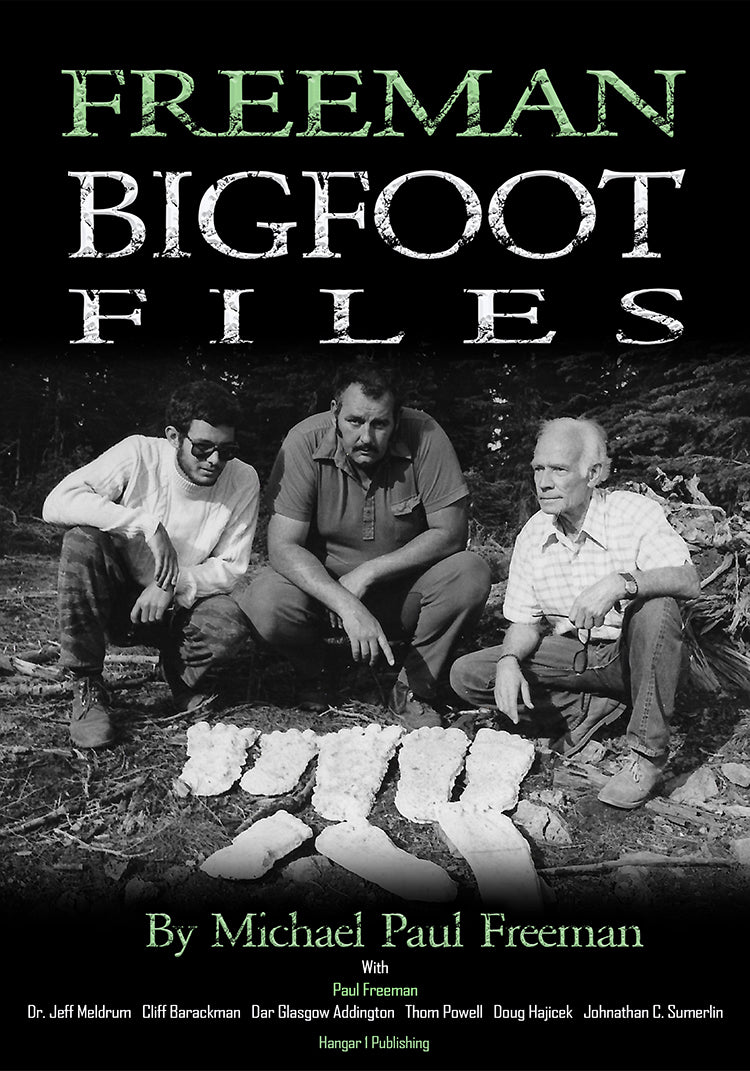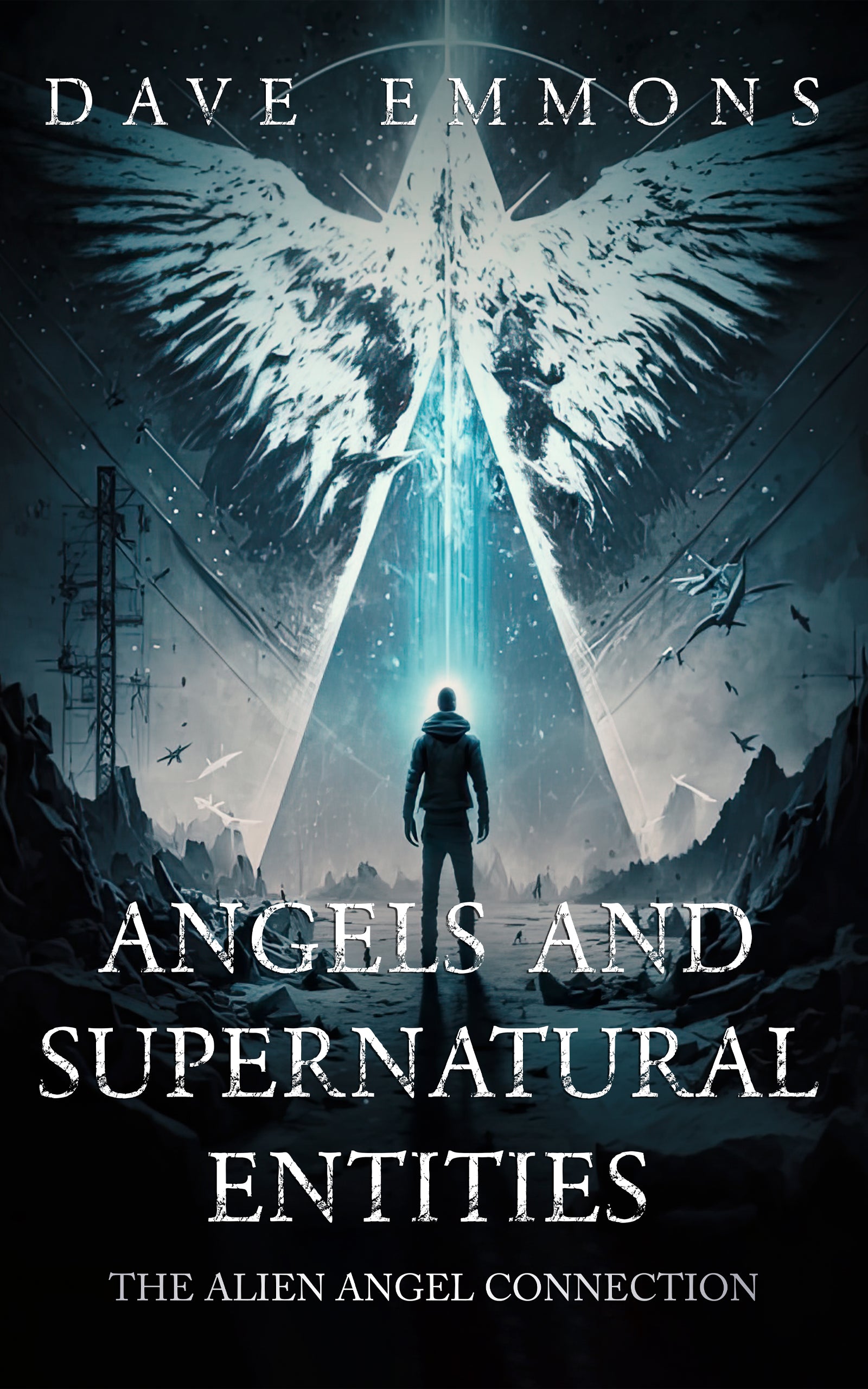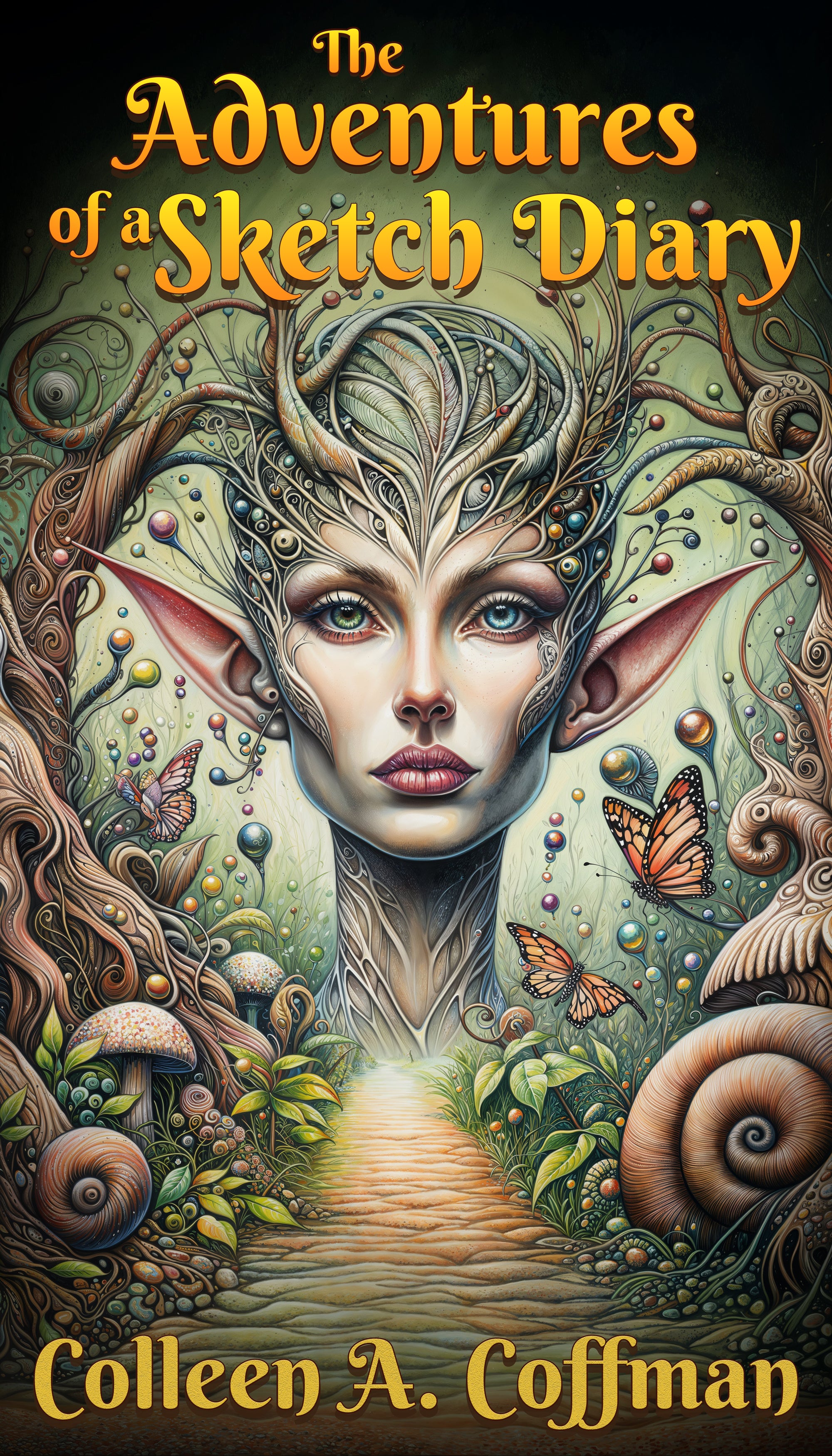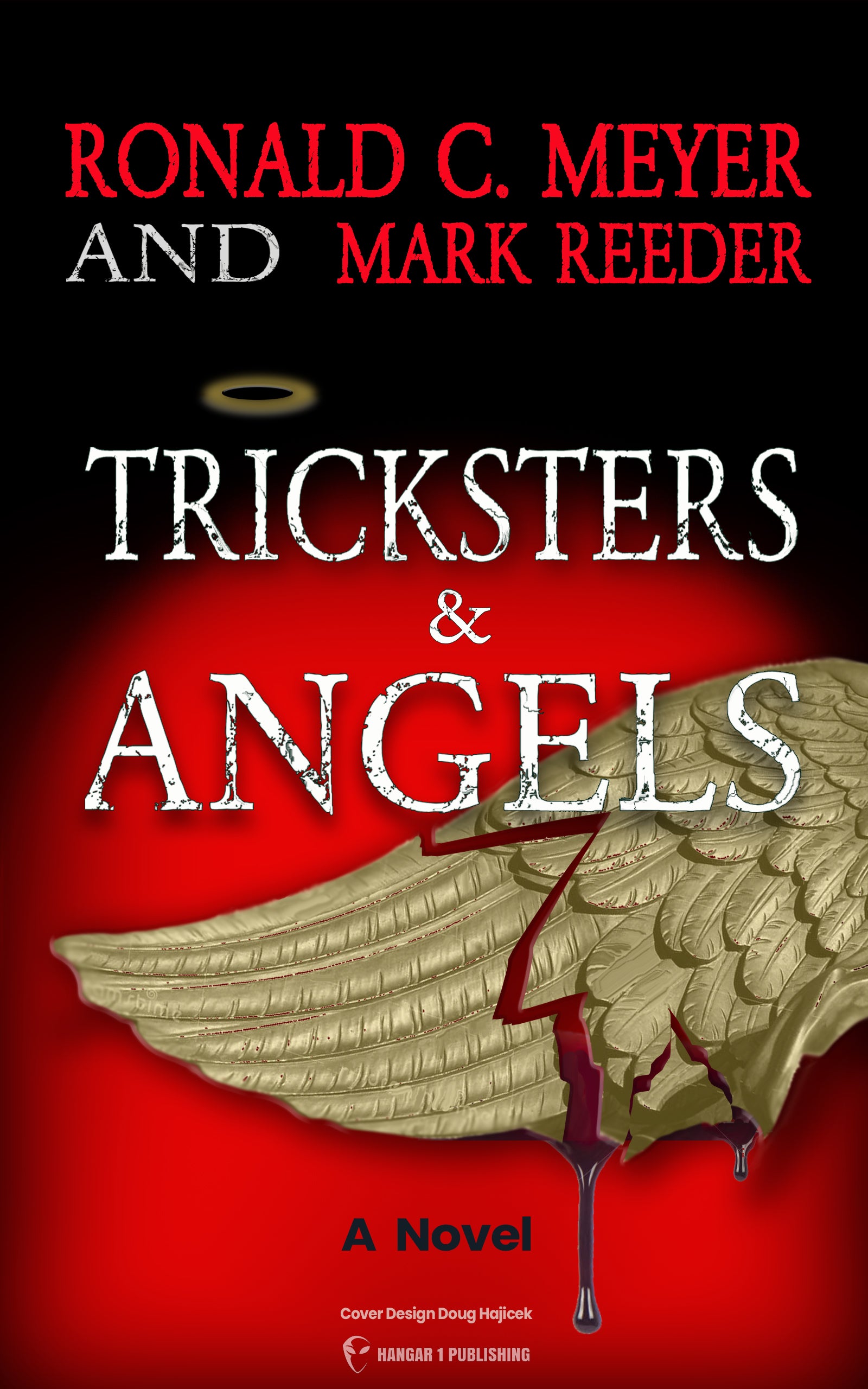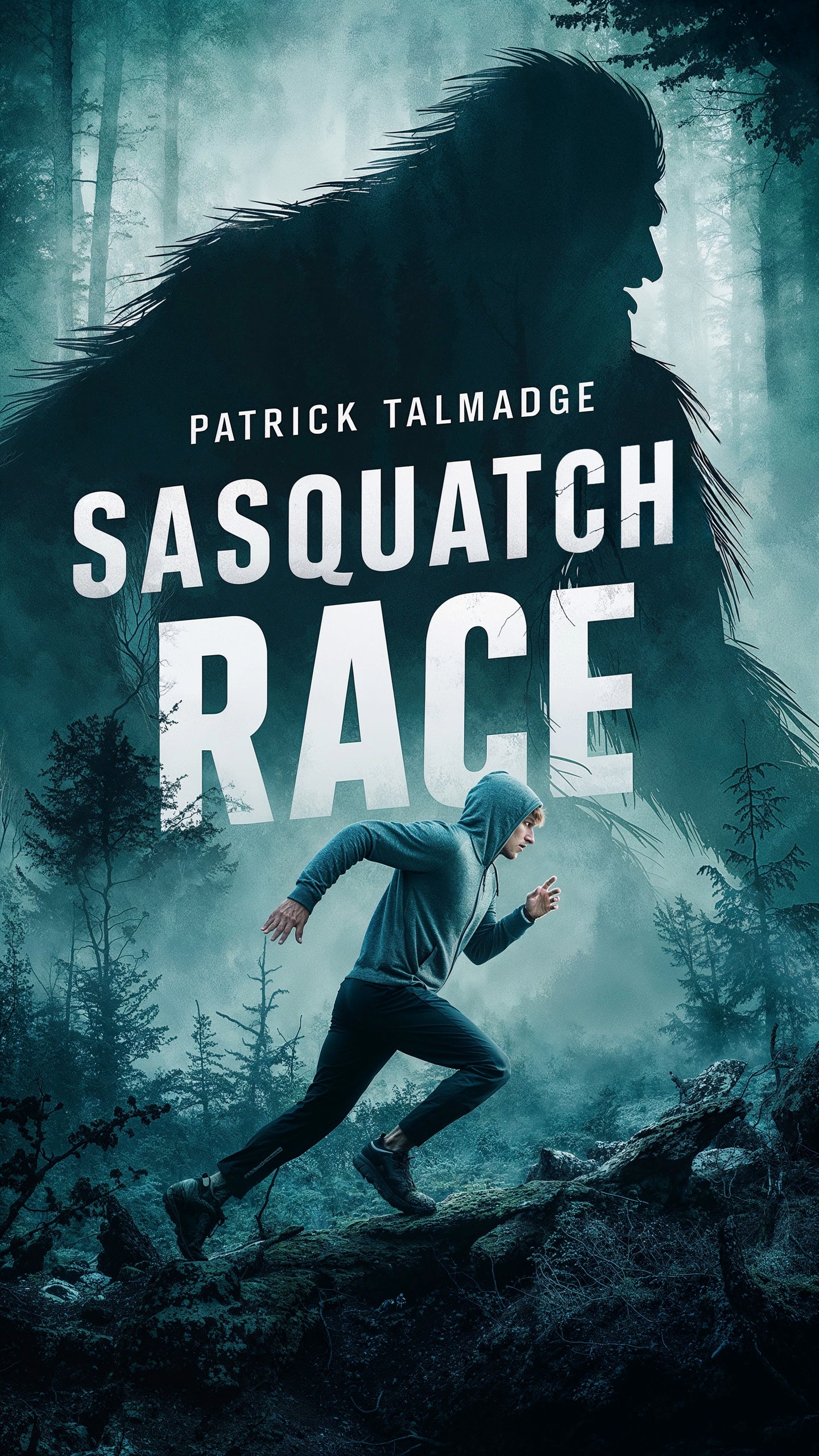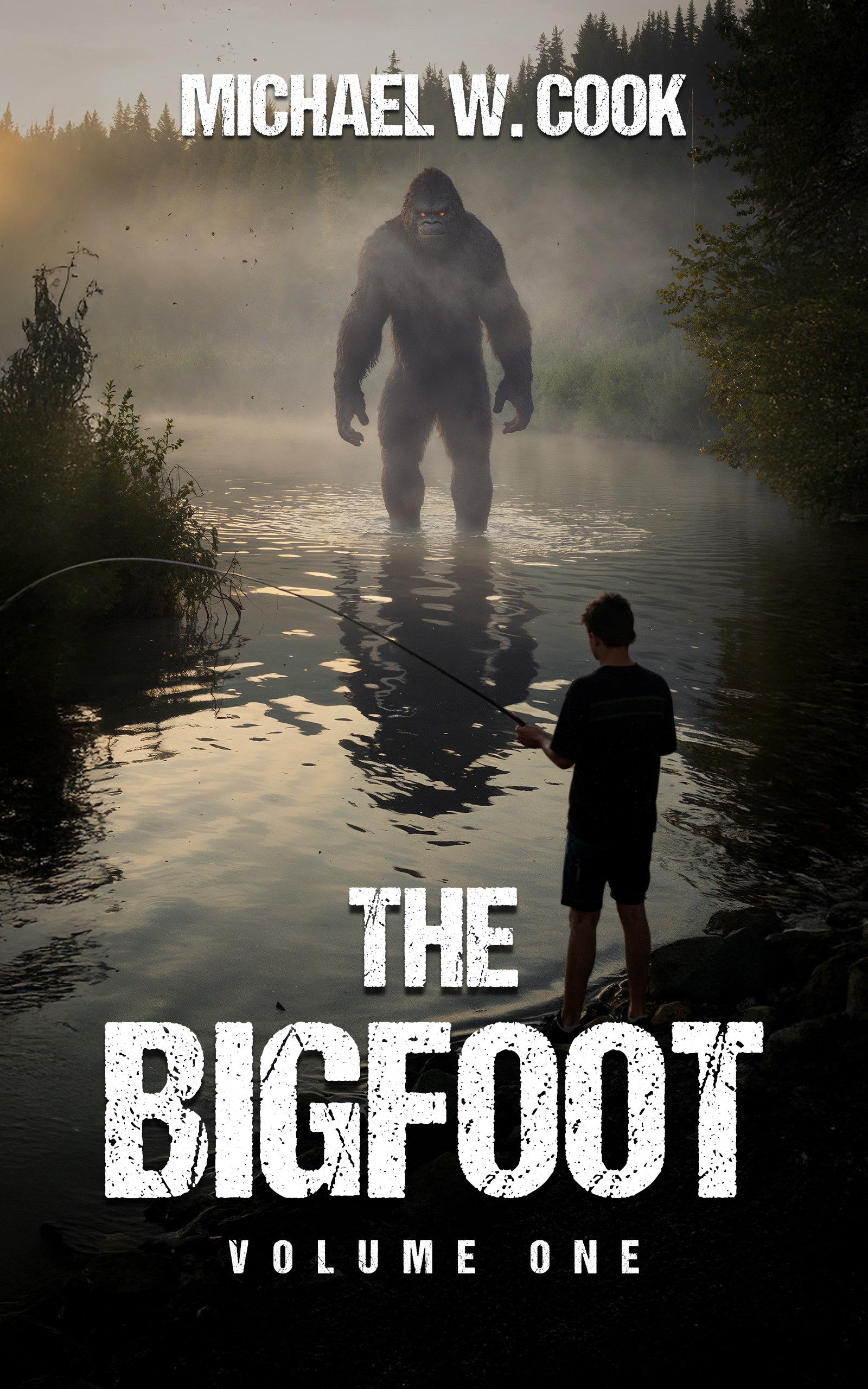The Aurora, Texas UFO Incident: Crash, Alien Burial, and Lingering Mystery
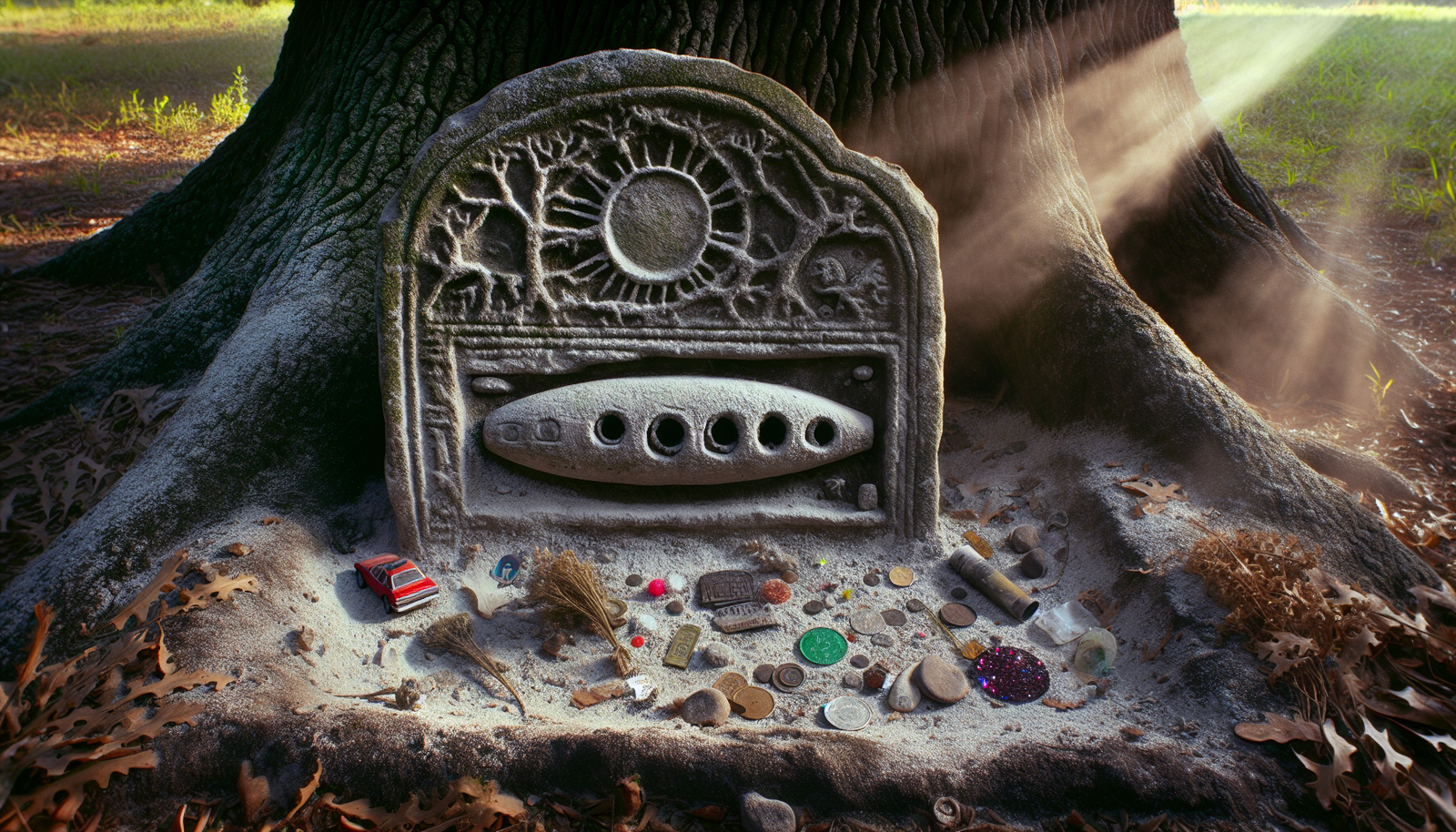
By Elaine Westfield, Ufologist
Imagine a quiet morning in Aurora, Texas, back in April 1897. Horses likely outnumbered automobiles, the Wright brothers wouldn't achieve powered flight for another six years, and the vast skies above the Lone Star State were considered the domain of birds and the occasional adventurous balloonist. Life ambled along at a pace dictated by farming and the rhythms of a small, close-knit community. Then, something broke the quiet – not just a sound, but an event so peculiar, so *other*, that it would embed itself into the town's identity, sparking a mystery that persists over 125 years later. Long before the world knew of Roswell, New Mexico, this tiny Texas town experienced its own alleged brush with the extraterrestrial: a reported crash of an unidentified flying object, the recovery of a pilot described as "not of this world," and a burial that continues to raise legal and ethical questions. This event, shrouded in the mist of time and conflicting accounts, invites us to look closely at the intersection of history, folklore, and the enduring human fascination with the unknown. Let's explore the winding path of the Aurora, Texas UFO incident, examining the original reports, the decades of investigation, the compelling theories, and the undeniable cultural impact of a story that simply refuses to fade away.
The Dawn of a Legend: The Original Report of April 17, 1897
Aurora, in the late 19th century, was facing its share of hardships. Like many small towns of the era, its fortunes were precarious. It had weathered a devastating spotted fever epidemic in the late 1880s, seen its economic hopes dashed when the railroad bypassed it for nearby Rhome, and battled the persistent boll weevil threatening its cotton crops. It was a town, as some later accounts would suggest, perhaps looking for a miracle, or at least something to talk about. It's also crucial to remember that 1897 wasn't an isolated year for strange aerial phenomena. A wave of "mystery airship" sightings had been sweeping across the United States since late 1896, originating in California and moving eastward. People reported seeing large, often cigar-shaped crafts performing maneuvers impossible for known technology. Against this backdrop of communal struggle and widespread aerial strangeness, the Aurora incident unfolded.
The bedrock of the Aurora legend is an article published in the *Dallas Morning News* on April 19, 1897, two days after the alleged event. Penned by a local writer named S.E. Haydon (sometimes spelled Hayden), and intriguingly titled "A Windmill Demolishes It," the piece recounted the startling events of early Saturday morning, April 17th. According to Haydon, citing local eyewitnesses, the "early risers of Aurora were astonished" by the appearance of the airship that had been "sailing through the country." This craft, described as cigar-shaped, was flying unusually low and slow – just ten or twelve miles per hour – suggesting mechanical trouble.
Its slow journey over the town square culminated in disaster. Haydon reported that the airship collided with "the tower of Judge Proctor's windmill" in the north part of town, resulting in a "terrific explosion." The aftermath was dramatic: debris scattered "over several acres of ground," the windmill and an adjacent water tank were wrecked, and even Judge J.S. Proctor's flower garden was destroyed. Think of the scene – a pre-aviation community suddenly confronted with the smoldering fragments of an advanced, albeit failed, flying machine.
But the most sensational claim lay buried within the wreckage. Haydon wrote, "The pilot of the ship is supposed to have been the only one on board, and while his remains are badly disfigured, enough of the original has been picked up to show that he was not an inhabitant of this world." This unambiguous statement is the genesis of the alien encounter narrative. Adding fuel to this otherworldly fire was the reported opinion of a Mr. T.J. Weems, identified by Haydon as a U.S. Army Signal Service officer from Fort Worth and "an authority on astronomy." Weems, according to the article, speculated that the pilot "was a native of the planet Mars." It's fascinating to consider this in the context of the 1890s, when figures like Percival Lowell were popularizing the idea of Martian canals and intelligent life on the Red Planet. Weems's speculation, whether expert or not, tapped directly into the popular imagination of the time.
Further details solidified the strangeness: papers found on the pilot were reportedly written in "unknown hieroglyphics" that defied decipherment. The craft itself was constructed of an "unknown metal, resembling somewhat a mixture of aluminum and silver," and was estimated to weigh several tons. Haydon concluded by noting that the town was buzzing with people viewing the wreckage and collecting "specimens of the strange metal." This single newspaper report, filled with extraordinary claims, laid the foundation for a legend that would outlive all its witnesses.
The Aftermath: Burial and Initial Dispersal of Evidence
Confronted with the undeniable reality of the crash and the profoundly strange nature of the pilot's remains, the citizens of Aurora made a decision that speaks volumes about the time and place. Rather than preserving the body for scientific study (a concept perhaps less immediate in 1897 rural Texas) or succumbing to panic, they opted for a gesture of respect, albeit an unconventional one. According to the initial report and subsequent lore solidified by Weems's own alleged report, the deceased pilot was given a "Christian burial."
This task reportedly fell to a traveling pastor, William Russell Taybor, who conducted the funeral rites. The ceremony took place in the Aurora Cemetery, the town's established burial ground. Imagine the scene: townsfolk gathered not for one of their own, but for a being definitively "not of this world," laying him to rest among their families and friends. It's a poignant, almost surreal image – extending earthly customs and compassion to a visitor from the cosmos. This act, however well-intentioned, would later create unforeseen complications for investigators decades later.
What became of the physical evidence – the craft itself? After the initial flurry of specimen collecting by curious locals, the bulk of the wreckage, reportedly scattered across several acres around Judge Proctor's property, was gathered up. The decision was made to dispose of it in the most convenient place available: the damaged well situated beneath the very windmill the airship had struck. This act effectively hid the primary evidence from immediate view, preserving it, perhaps unintentionally, in a watery crypt. The fate of the smaller metal "specimens" taken by townsfolk remains unknown, likely scattered and lost over the intervening century.
Decades of Silence and the Reawakening of the Mystery
For decades, the story of the Aurora airship crash simmered primarily as local folklore, a strange tale told amongst families, perhaps embellished or dismissed depending on the teller. The world moved on; powered flight became a reality, world wars reshaped the globe, and the memory of the 1897 event receded from wider consciousness. Judge Proctor's property eventually changed hands, purchased around 1935 by a man named Brawley Oates. It was Oates's experience that inadvertently added another peculiar layer to the legend.
Seeking a usable water source, Oates decided to clean out the old well on his newly acquired land – the same well into which the airship debris had allegedly been dumped almost forty years prior. He removed the rubble, but his attempt to utilize the well water was short-lived. Oates developed an unusually severe case of rheumatoid arthritis, a debilitating condition that afflicted him terribly. He became convinced that his illness was a direct result of drinking water contaminated by the strange metallic wreckage submerged in the well for decades. Whether this was a genuine effect of unknown materials, perhaps radioactivity as some later speculated, or a coincidental health issue attributed to the local oddity, we can't know for sure. But Oates believed it strongly enough that in 1945, he took definitive action: he sealed the well shut with a heavy concrete slab (inscribed with the date) and erected an outbuilding on top of it. In doing so, he potentially sealed away crucial physical evidence for future generations of investigators.
The Aurora story burst back into the public eye in 1973, largely thanks to the efforts of the Mutual UFO Network (MUFON). Spearheaded by investigators like Bill Case (an aviation writer for the *Dallas Times Herald* and Texas MUFON director), a thorough investigation was launched. This probe brought the nearly forgotten legend roaring back to life. Investigators interviewed Brawley Oates, documenting his story about the well and his debilitating arthritis. They also tracked down surviving residents who had been children in 1897. While memories were faded and accounts varied – some recalling their parents forbidding them from going to the crash site, others remembering seeing a craft trailing smoke – these interviews provided tantalizing links to the original event.
The investigation's most compelling findings, however, came from the Aurora Cemetery. Researchers located a peculiar, weathered grave marker near a century-old oak tree, in the older section of the cemetery. This stone, according to reports and sketches made at the time, appeared to bear a crude etching resembling a saucer-shaped craft with portholes. Using metal detectors, MUFON investigators registered significant metallic readings beneath this marker, leading them to suspect that pieces of the wreckage, perhaps those "specimens" collected in 1897, had been buried alongside the pilot. This seemed like a potential breakthrough – physical evidence tied directly to the alleged alien grave.
Naturally, MUFON sought permission from the Aurora Cemetery Association to exhume the grave and examine its contents. Their request was firmly denied. The Association cited concerns about disturbing the cemetery and potentially unleashing dormant diseases (like the spotted fever that had ravaged the town years before). The fact that the occupant had received a Christian burial also presented a legal obstacle under Texas law, which typically requires notification of next of kin for exhumation – an impossibility in this case. Frustratingly for the investigators, shortly after their request was denied and attention was drawn to the site, the unique grave marker vanished. It was reportedly stolen, and has never been recovered. Subsequent sweeps with metal detectors over the same plot yielded negative results, leading to speculation that whatever metal had been buried there was also removed, possibly via a pipe found driven into the ground at the site. The clues seemed to be disappearing just as investigators were closing in.
The Skeptics' Counterpoint: Was it All a Hoax?
Just as interest in the Aurora incident reignited in the 1970s, a powerful counter-narrative emerged, casting serious doubt on the entire affair. The most significant voice of skepticism came forward in a 1979 *Time* magazine interview: Etta Pegues, an 86-year-old Aurora resident whose family had deep roots in the town. Pegues delivered a blunt assessment: the story was pure fabrication, a hoax cooked up by the original reporter, S.E. Haydon.
Her reasoning provided a compelling, albeit mundane, explanation. According to Pegues, Haydon "wrote it as a joke and to bring interest to Aurora." She painted a picture of a town desperate for attention and economic revitalization after suffering a series of devastating blows: the spotted fever epidemic, a destructive fire, crop failures, and the critical loss of the railroad connection. In this context, a sensational story about a crashed spaceship and a Martian visitor could certainly have seemed like a clever, if deceptive, way to put the struggling town back on the map. Pegues asserted that the "joke" simply took on a life of its own over the years.
To further undercut the original report, Pegues made a specific factual claim: Judge J.S. Proctor, the owner of the property where the crash supposedly occurred, never even had a windmill. If the central element of the crash – the collision with the windmill – was false, the entire narrative would crumble.
Skepticism also targeted other key figures and details in Haydon's article. The expertise of T.J. Weems, the man who supposedly identified the pilot as Martian and was described as an "authority on astronomy," was called into question. Some researchers argued that Weems was simply the town blacksmith, perhaps with a casual interest in the stars, but hardly a qualified expert capable of identifying extraterrestrial life. This challenges the credibility of the "Martian" identification, suggesting it might have been hyperbole or misattribution by Haydon. These arguments, focusing on motive and questioning factual details and credentials, form the foundation of the hoax theory, suggesting the Aurora incident was less an encounter with the unknown and more a product of earthly desperation and imagination.
Modern Investigations and Unearthing New Clues (and More Questions)
The debate didn't end with the 1970s investigations and Etta Pegues's skeptical account. The dawn of the 21st century brought renewed attention, primarily through television documentaries equipped with more advanced technology. A 2005 episode of The History Channel's *UFO Files*, titled "Texas' Roswell," revisited the 1973 MUFON investigation, bringing the eyewitness accounts and the mystery of the missing marker to a new audience.
A more hands-on investigation occurred in 2008 for the show *UFO Hunters*. Their episode, "First Contact," made significant strides in re-examining the physical site. Crucially, they revisited Etta Pegues's claim that Judge Proctor had no windmill. By carefully examining the area around the sealed well, the *UFO Hunters* team discovered the buried physical remains of a wooden windmill base and foundation. This discovery directly contradicted Pegues's assertion and lent credibility to that specific detail in S.E. Haydon's original 1897 report.
The *UFO Hunters* team also secured permission from Tim Oates, Brawley Oates's grandson and the current property owner, to unseal the well that had been covered since 1945. Hopes were high for discovering significant wreckage. While no large, definitive pieces of the craft were found (the episode suggested any large pieces might have been removed previously), water samples were taken. Testing revealed predominantly normal water, but with one anomaly: slightly elevated levels of aluminum. While aluminum is common, its presence in higher-than-expected concentrations could potentially align with the original report's description of the craft's metal ("resembling somewhat a mixture of aluminum and silver"), though it falls far short of conclusive proof.
Attention once again turned to the Aurora Cemetery. Though still denied permission for exhumation, the *UFO Hunters* team employed ground-penetrating radar (GPR) over the suspected gravesite, guided by photos from earlier visits when the marker (or its remnants) might have been present. The GPR did detect an anomaly consistent with a burial in the unmarked spot, located near other known graves dating back to the 1890s. However, the radar signature indicated the contents were badly deteriorated, making it impossible to determine the nature of the remains – human or otherwise. Something was buried there, but its identity remained obscured by time and decay.
The analysis of alleged metal fragments associated with the crash site remains a contentious point. MUFON investigators in 1973 reported finding pieces near the grave exhibiting unusual properties – specifically, a composition of roughly 95% pure aluminum and 5% iron, which metallurgical analysis suggested was formed by air-cooling after being molten. This composition was considered unusual for the time. However, other analyses of purported Aurora samples have yielded mundane results. Dr. Tom Gray, analyzing different samples presented to him, identified one piece as a common iron water pump impeller and others as non-magnetic iron-zinc alloys, understandable terrestrial materials. The *UFO Hunters* episode also mentioned the landowner giving them metal pieces containing aluminum and an "unknown element," adding another layer of unverified claims. These conflicting analyses highlight the difficulty in verifying physical evidence decades after the event, especially when the provenance of the samples can be uncertain.
The Missing Marker and the Enduring Fascination with "Ned"
Central to the tangible mystery of the Aurora Cemetery is the vanished grave marker. Accounts from the 1973 MUFON investigation describe it not as a standard tombstone, but as an asymmetrical, roughly shaped rock. What made it extraordinary was the crude etching it reportedly bore – a design interpreted as resembling a cigar or saucer-shaped craft, complete with porthole-like impressions. This marker, if authentic, would have been a unique and powerful piece of corroborating evidence, a silent testament from the era itself.
Its disappearance in 1972, coinciding precisely with the renewed investigative interest spurred by MUFON, is highly suspicious to believers. Was it stolen by souvenir hunters drawn by the publicity? Or was it deliberately removed to obstruct the investigation and suppress evidence? The fact that a replacement marker, placed sometime later, was also reported stolen in 2012 only deepens the intrigue. This persistent removal of the grave's identifier fuels speculation about interference or a desire by some party to keep the contents of that grave a secret.
Today, the specific location is marked only by a large, unadorned boulder placed near the old oak tree described in early accounts. Yet, this simple rock has become a focal point for pilgrims drawn by the legend. It's often decorated with an array of trinkets, coins, flowers, candies, and handwritten notes – offerings left by visitors paying respects to the alleged interstellar traveler. This practice reflects a curious blend of modern curiosity and perhaps an echo of ancient traditions of leaving offerings at significant sites.
Adding a touch of local charm and perhaps humanizing the otherworldly, the townspeople have affectionately nicknamed the supposed alien pilot "Ned." This simple name transforms the abstract concept of an alien into a local figure, albeit a legendary one. Visiting "Ned's grave" has become a unique tourist activity, connecting visitors directly to the heart of the Aurora mystery. The ongoing fascination is further underscored by the $1,000 reward offered in 2018 by Dallas attorney Stratton Horres for the return of the original stolen grave marker, hoping its recovery might finally shed some light, one way or another, on this century-old puzzle.
The Aurora Incident in Broader Context: The Mystery Airship Wave of 1897
The alleged crash in Aurora wasn't an isolated incident occurring in a vacuum. It happened during a period of intense aerial excitement across the United States, now commonly referred to as the "Great Airship Wave" or "Mystery Airship" sightings of 1896-1897. Starting in California in late 1896 and spreading eastward through 1897, thousands of people reported seeing unidentified flying objects, typically described as large, illuminated, cigar-shaped crafts. Texas, in particular, experienced a flurry of sightings in the spring of 1897, with reports coming from over 30 counties within just a couple of months.
What made these sightings so remarkable was that they occurred years before the Wright brothers' first flight and well before the development of practical dirigibles capable of controlled flight over long distances. Witnesses, often described as reputable citizens – including professionals like doctors, lawyers, and even military personnel – reported these airships performing maneuvers that seemed impossible for the technology of the day. Accounts mentioned speeds far exceeding the fastest trains (some claimed hundreds of miles per hour), right-angle turns, rapid ascents and descents, hovering, and the use of powerful searchlights.
While hot air balloons existed, they were largely unsteerable and certainly couldn't perform such complex aerial acrobatics. Theories abounded at the time. Some newspapers fueled speculation about secret inventors, even prompting denials from figures like Thomas Edison. Others leaned into the era's fascination with Mars, suggesting extraterrestrial origins – the same explanation offered by T.J. Weems in Aurora. Skeptics dismissed the sightings as mass hysteria, misidentified natural phenomena (like stars or meteors), or elaborate hoaxes amplified by sensationalist journalism. Some researchers have even postulated the existence of a secret society of inventors, like the possibly mythical Sonora Aero Club, supposedly building advanced airships in secret.
Within this context, the Aurora incident stands out. While most reports detailed sightings, Aurora provided a narrative of a crash – a tangible event with alleged physical consequences: wreckage, scattered debris, and, most importantly, the recovery of a non-human pilot. For believers, the Aurora crash serves as the potential culmination of the airship wave, the "smoking gun" event where one of these mysterious crafts met its end on Earth, leaving behind evidence of its otherworldly nature before the era of organized government cover-ups often associated with later UFO events like Roswell.
The Town's Embrace of the Legend: Tourism, Identity, and the "Alien" Economy
Over the decades, the small town of Aurora has navigated a complex relationship with its most famous, albeit unproven, historical event. While some residents, historically, may have wished the story would simply fade away, perhaps out of embarrassment or skepticism, the prevailing trend in recent years has been towards embracing the legend. This embrace manifests in various ways, weaving the alien narrative into the town's modern identity and even its economy.
Official recognition came in the form of the Texas Historical Commission marker placed at the entrance to the Aurora Cemetery. While detailing the cemetery's factual history, the marker explicitly mentions the "legend that a spaceship crashed nearby in 1897 and the pilot, killed in the crash, was buried here." This state-sanctioned acknowledgement gives the story a degree of official legitimacy, even if framed as folklore.
Near the alleged crash site, a designated spot dubbed "Area 114" serves as a photo opportunity for tourists, complete with alien cutouts and UFO imagery, directly playing into the otherworldly fame. This embrace extends to local businesses. The name "Smokin' Windmill BBQ" itself references the incident's key elements. This eatery famously offers a menu item called the "UFO" – a brisket-stuffed poblano pepper wrapped in bacon. It anchors another venture, "Martian Margaritas," an alien-themed entertainment space.
These examples show how the legend has become a unique selling proposition for Aurora, attracting curious visitors and providing a distinct local flavor. For a small town once facing decline after being bypassed by the railroad, the alien story offers a way to stand out, capitalize on its quirky history, and preserve a unique identity amidst the encroaching DFW metroplex sprawl. As former Aurora Historical and Preservation Commission secretary Amanda Smith noted, people visit the cemetery daily because of the legend, representing an asset the town can leverage. Events like the "Aurora Alien Encounter" conference further solidify this connection. Of course, not everyone in town is thrilled; reports suggest pushback from some residents and officials who view the focus on the alien story as frivolous or unwanted. Nonetheless, "Ned the Alien" has undeniably put Aurora on the map in a way few other small Texas towns can claim.
The Lingering Mystery: Unanswered Questions and Challenges to Resolution
Despite over a century of curiosity, investigation, and debate, the Aurora, Texas UFO Incident remains stubbornly unresolved. The core challenge lies in the persistent lack of definitive, verifiable evidence. While tantalizing clues and compelling testimonies exist, none have proven conclusive enough to sway the consensus beyond reasonable doubt, either towards a genuine extraterrestrial event or a confirmed hoax.
Several key factors contribute to this impasse. The potential primary physical evidence – the bulk of the wreckage – remains inaccessible, reportedly buried deep within the sealed well on what was once Judge Proctor's property. While the 2008 *UFO Hunters* investigation did briefly unseal it, finding conclusive proof within the murky depths proved impossible, and further extensive excavation seems unlikely.
The disappearance of the original, uniquely etched grave marker in 1972 represents the loss of a crucial artifact. Without it, investigators lack a contemporary physical link to the burial, relying instead on sketches and descriptions made during the brief period it was observed by MUFON. Its theft, potentially alongside any buried metal fragments, significantly hampered research efforts.
Furthermore, the path to examining the alleged pilot's remains is blocked by a unique legal and ethical barrier. The decision by the 1897 townspeople to provide a Christian burial means that exhumation under Texas law requires permission from the next of kin. Identifying and contacting the relatives of a being "not of this world" presents an obvious, and perhaps permanently insurmountable, obstacle. This act of 19th-century compassion has inadvertently shielded the grave's secrets for over 125 years.
Added to these physical challenges are the inherent difficulties in relying on historical accounts and eyewitness testimony gathered decades after the event. Memories fade, stories evolve through retelling, and personal biases inevitably influence recollections. Trying to reconcile conflicting accounts, like those of Etta Pegues claiming a hoax versus witnesses like Charlie Stevens recalling the event, becomes an exercise in historical interpretation rather than factual certainty. Was Haydon a prankster or a reporter? Was Weems an expert or a blacksmith? Was the metal found unusual or mundane? These questions persist, fueling the ongoing debate between believers who point to the strangeness of the collective evidence and skeptics who highlight the lack of concrete proof and plausible alternative explanations.
The Lasting Impact: Why the Aurora Incident Still Matters
Why does a largely unverified story from a tiny Texas town in 1897 continue to capture our attention? The Aurora incident endures not just as a historical curiosity, but as a significant marker in the broader narrative of unidentified flying objects and potential extraterrestrial encounters. Its primary importance lies in its timing: it stands as one of the earliest, most detailed accounts of an alleged UFO crash and alien recovery in the United States, predating the iconic Roswell event by a full fifty years. For researchers looking for patterns before the modern era of widespread media and potential government obfuscation, Aurora offers a fascinating, pre-Roswell data point.
Its cultural significance is undeniable. The story has percolated through popular culture, inspiring documentaries, television episodes (*UFO Files*, *UFO Hunters*, *Ancient Aliens*), books (like Jim Marrs' *Alien Agenda*), and even feature films (*The Aurora Encounter*). Each retelling keeps the mystery alive, introducing it to new generations and ensuring its place in the pantheon of UFO lore.
Beyond the specific question of aliens, the Aurora incident serves as a compelling case study in how legends are born and endure. It demonstrates the interplay between reported events, journalistic accounts (whether factual or fabricated), community memory, skepticism, investigation, and the cultural context of the time. We see how a story can be shaped by hardship, embraced for identity, and debated across centuries, blurring the lines between historical fact and folklore.
Ultimately, the Aurora incident resonates because it taps into fundamental human questions about our place in the universe. Are we alone? Have we been visited? The story, regardless of its ultimate truth, speaks to our enduring curiosity about the unknown, the possibility of life beyond Earth, and the mysteries that might still lie hidden, whether in the vastness of space or buried beneath a simple boulder in a quiet Texas cemetery.
From Bigfoot to UFOs: Hangar 1 Publishing Has You Covered!
Explore Untold Stories: Venture into the world of UFOs, cryptids, Bigfoot, and beyond. Every story is a journey into the extraordinary.
Immersive Book Technology: Experience real videos, sights, and sounds within our books. Its not just reading; its an adventure.




